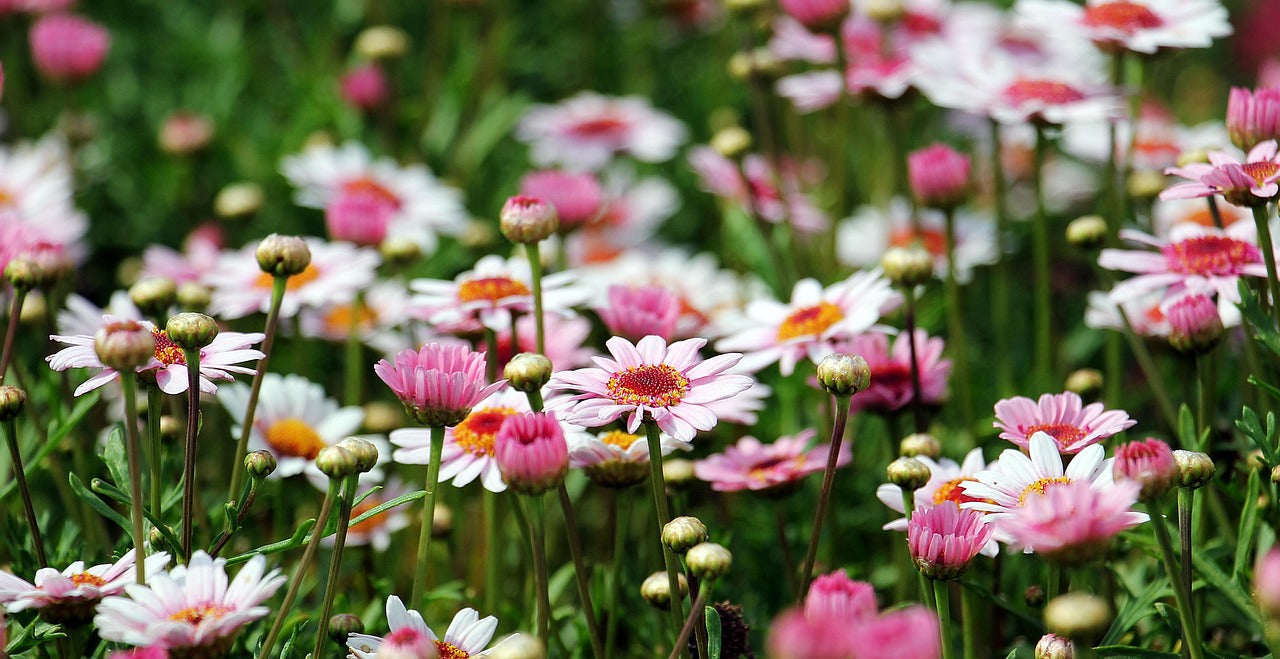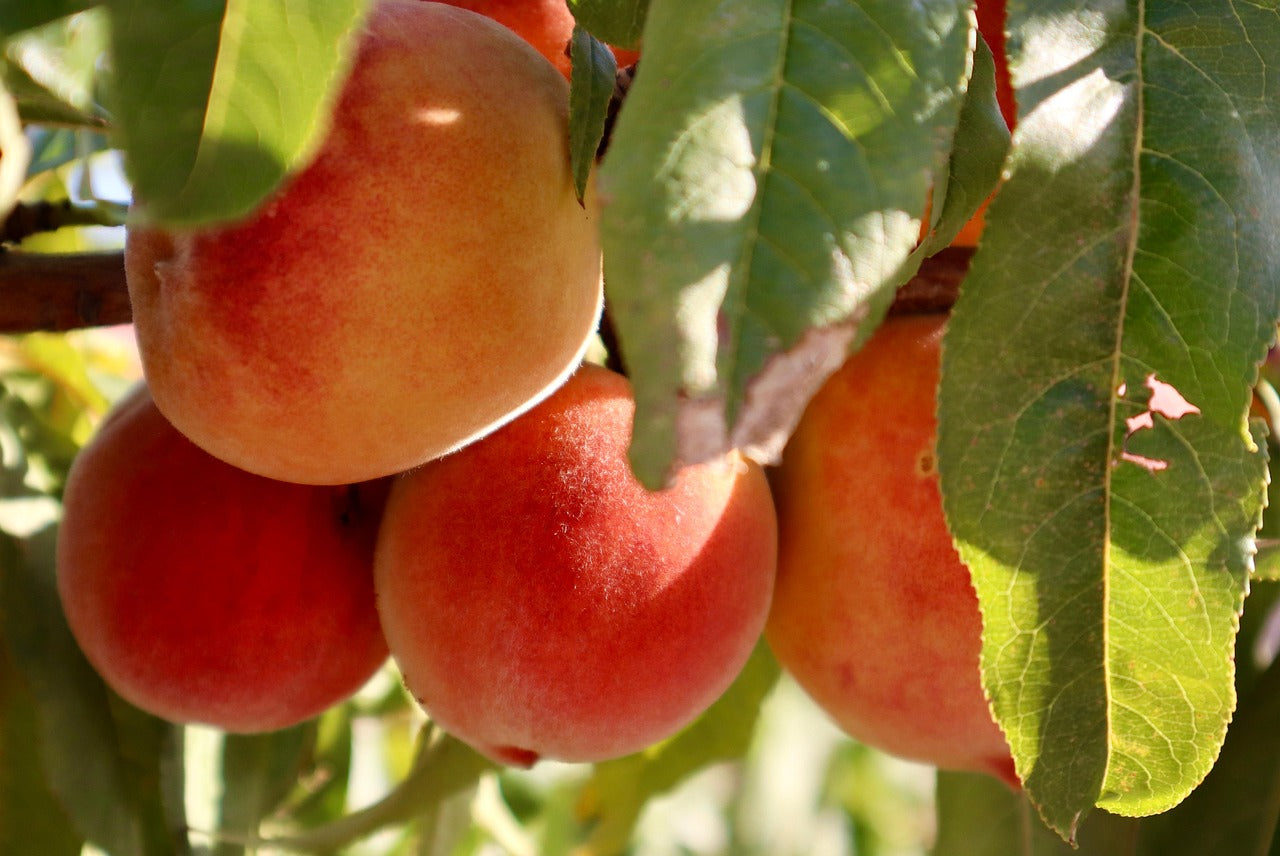Rhododendrons are evergreen, flowering from late autumn to early summer. There are large and small flowered varieties. They grow from a height of 50cm up to 4 metres. Modern varieties tend to reach only 2 metres. The height they reach can depend upon climate and soil conditions. The best time to plant is from winter to early spring before the new growth appears but they can be planted at any time of year as long as they are well watered through the summer months.
Here is a quick guide to pests and diseases that Rhododendrons can be prone to.
Aphids
Symptoms: Clusters of insects on young growth Remedy: Spray with Mavrik or Confidor at 2 weekly intervalsMites
Symptoms: Leaves yellow (stippled or mottled) and dehydrated in hot dry weather Remedy: Spray with mite killerThrips
Symptoms: Leaves silver and dry. Brown-black specks appear on underside of leaves Remedy: Spray with Mavrik or Confidor at 2-3 weekly intervals through summerSooty mould
Symptoms: Black sooty mould on leaves and twigs Remedy: Spray with Mavrik or ConfidorPetal blight
Symptoms: Earliest symptom is light brown or whitish coloured circular spots on petals. Spots enlarge to form irregular blotches until whole flower collapses. Petals feel slimy when rubbed between fingers. Diseased flowers dry up and cling to the plant (leaves and stems are not affected). Remedy: Avoid overhead watering. Pick off diseased flowers. Spray at two weekly intervals with GroSafe Fungus Fighter.Lack of fertiliser
Symptoms: Leaves yellow and/or develop dark purple tone. Slow, stunted growth Remedy: Fertilise with Butlers Azalea, Camellia and Rhododendron food in late spring after flower finishes and just before new growth startsSoil too alkaline
Symptoms: Decline in vigour and leaves turn yellow while the veins remain green Remedy: Fertilise with Butlers Azalea, Camellia and Rhododendron Food in late spring after flowering finishes and just before new growth starts. Do NOT lime.
This ‘How To’ Guide has been produced to provide basic information and our experienced staff are available to answer any questions that you may have. Because this guide is of a general nature, neither Palmers nor its staff are responsible for the application of the information, as the contents may need to be modified for individual projects and site applications.





